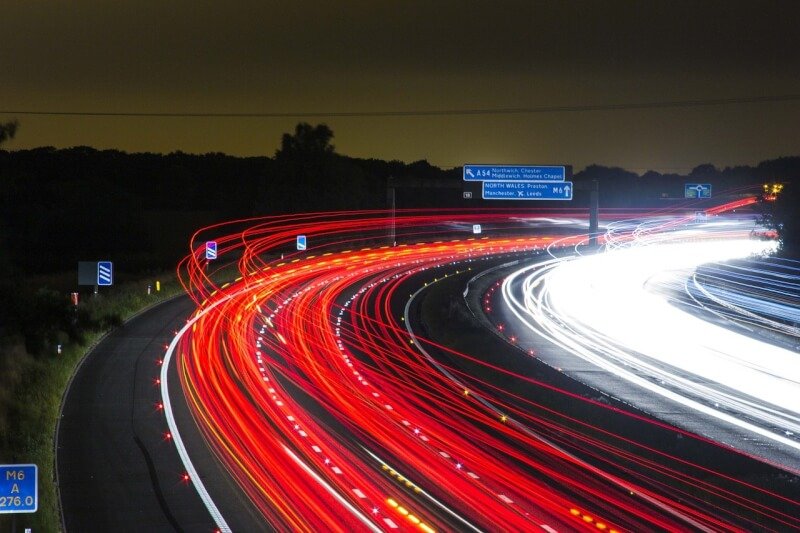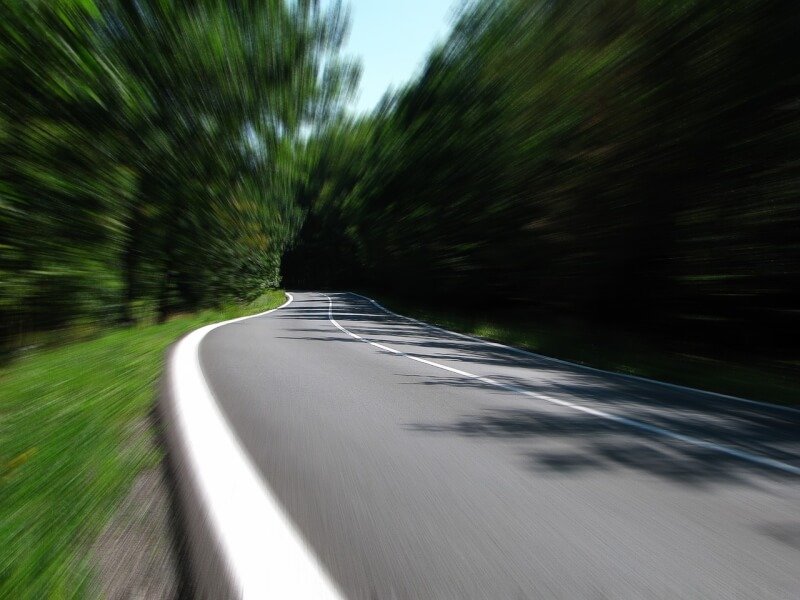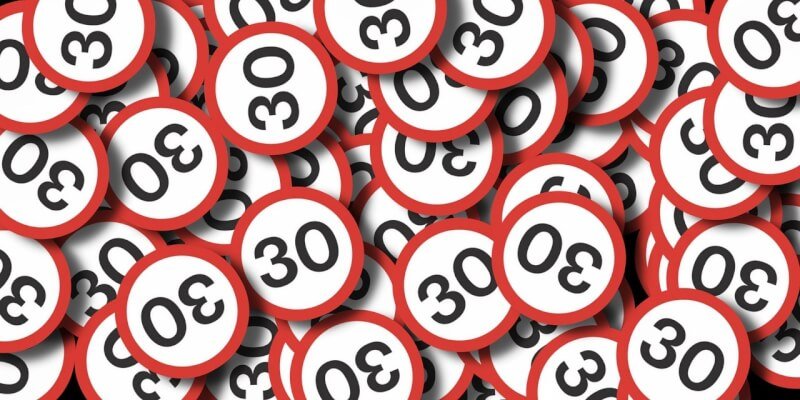Have you ever wondered just how fast those little RC helicopters and quadcopters can go? Whether you’re a seasoned RC enthusiast or just a curious onlooker, the maximum speed of these remote-controlled flying machines is a fascinating topic. In this article, we’ll explore the top speeds achieved by these miniature aircraft and discover the factors that contribute to their fast-paced flights. So buckle up and get ready to take off into the world of RC aviation!

Factors Affecting Maximum Speed
When it comes to determining the maximum speed of an RC helicopter or quadcopter, there are several important factors to consider. By understanding how these factors influence speed, you can make informed choices to optimize your aircraft’s performance.
Motor Power
The power of the motor plays a significant role in determining the maximum speed of an RC helicopter or quadcopter. There are two main types of motors commonly used in these aircraft: brushed motors and brushless motors.
Brushed Motors
Brushed motors are the traditional choice for RC aircraft and are known for their affordability and simplicity. However, they may not provide the same level of power and efficiency as brushless motors, which can limit the maximum speed potential.
Brushless Motors
Brushless motors are becoming increasingly popular in the world of RC helicopters and quadcopters. These motors offer a higher power-to-weight ratio and improved efficiency compared to brushed motors. With their ability to generate greater RPMs (Rotations Per Minute), brushless motors can propel your aircraft to higher speeds.
Propeller Size and Pitch
Another crucial factor affecting the maximum speed is the size and pitch of the propeller used. The propeller plays a significant role in creating lift and pushing the aircraft forward. By choosing the right propeller size and pitch, you can optimize the thrust generated and achieve higher speeds.
Propeller Diameter
The diameter of the propeller has a direct impact on the maximum speed of an RC helicopter or quadcopter. Larger propellers can generate more thrust, allowing the aircraft to achieve greater speeds. However, it’s important to strike a balance between diameter and other factors, such as weight and power, to ensure optimal performance.
Propeller Pitch
The pitch of the propeller refers to the angle at which the blades are twisted. A higher pitch propeller can generate more thrust, but it may also place a greater strain on the motor and reduce overall efficiency. Finding the right balance in propeller pitch is crucial to achieving maximum speed while maintaining stability and control.
Battery Capacity
The battery capacity of your RC helicopter or quadcopter directly affects its maximum speed and flight time. The battery powers the motor, and a higher capacity allows for more power output. However, it’s essential to consider other factors such as weight and size when selecting the battery for optimal performance.
mAh Rating
The mAh (milliampere-hour) rating indicates the energy storage capacity of the battery. Higher mAh ratings usually result in longer flight times, but they may also add weight to your aircraft. Balancing the battery’s mAh rating with the weight and power requirements of your aircraft is crucial in achieving the desired maximum speed.
Voltage
The voltage of the battery also plays a role in the maximum speed of your RC aircraft. Higher voltages can provide greater power output, which translates into increased speed. However, it’s important to ensure that your motor and other electronic components can handle the higher voltage without causing damage.
C Rating
The C rating of a battery indicates its discharge rate capability. This rating determines how quickly the battery can deliver power to the motor. A high C rating is desirable for maximizing speed, as it ensures the battery can provide sufficient power rapidly. However, it’s important to ensure that the battery and motor are compatible with the chosen C rating to prevent damage.
Weight and Aerodynamics
The weight and aerodynamics of an RC helicopter or quadcopter also significantly impact its maximum speed. By optimizing these factors, you can reduce drag and maximize the aircraft’s performance.
Airframe Weight
The weight of the aircraft plays a crucial role in determining its maximum speed. A heavier aircraft requires more power to achieve higher speeds, which can strain the motor and reduce efficiency. By reducing the overall weight of your RC helicopter or quadcopter through careful component selection and lightweight construction materials, you can enhance its speed potential.
Drag Reduction Techniques
Drag is a force that opposes the forward motion of an aircraft and can limit its maximum speed. By incorporating drag reduction techniques such as streamlined designs, minimizing protrusions, and reducing surface roughness, you can enhance the aerodynamics of your RC aircraft. These modifications help reduce drag and allow the aircraft to achieve higher speeds.
Balance and Center of Gravity
Maintaining the proper balance and center of gravity is crucial for achieving maximum speed and stability. Improper balance can affect the aircraft’s control and hinder its ability to reach higher speeds. By properly balancing the weight distribution and ensuring the center of gravity is within the recommended range, you can optimize your aircraft’s performance.
Transmission and Control System
The transmission and control system of your RC helicopter or quadcopter also play a significant role in determining its maximum speed. These factors contribute to the reliability and responsiveness of your aircraft, allowing you to maintain control and push it to higher speeds.
Radio Frequency
The radio frequency used for controlling your RC aircraft can impact its maximum speed. Higher frequency signals generally offer faster response times and more precise control, allowing for smoother and faster flight. However, it’s important to select a frequency that complies with local regulations and avoids interference from other devices.
Signal Range
The signal range of your RC aircraft’s control system is another critical factor to consider. A longer signal range allows for greater freedom in maneuvering and exploring the speed potential of your aircraft. However, it’s crucial to ensure that the chosen control system provides a reliable and stable signal throughout the desired range.
Interference
Interference from other devices or sources can disrupt the control of your RC helicopter or quadcopter, limiting its maximum speed. It’s essential to select interference-free operating channels and implement proper shielding and filtering techniques to minimize the risk of signal disruption.
Transmitter and Receiver Quality
The quality of your RC aircraft’s transmitter and receiver directly impacts its control and, consequently, its maximum speed. Investing in high-quality components ensures reliable communication between the pilot and the aircraft, allowing for precise control and faster response times.
By considering all these factors and making informed choices based on your specific requirements, you can maximize the speed and overall performance of your RC helicopter or quadcopter. Remember that achieving the theoretical maximum speed is a result of careful optimization and a balance between various factors.
Types of RC Helicopters and Quadcopters
RC helicopters and quadcopters come in various types, each offering different capabilities and performance characteristics. Understanding these types can help you choose the right aircraft that aligns with your desired maximum speed and other requirements.
Micro RC Helicopters
Micro RC helicopters are the smallest and lightest options available. Despite their small size, they can still achieve impressive speeds, making them suitable for indoor flying and confined spaces. However, due to their size and limited power, their maximum speeds are generally lower compared to larger models.
Mini RC Helicopters
Mini RC helicopters are slightly larger than micro helicopters and offer a balance between portability and performance. They can achieve higher speeds than micro helicopters while still being manageable in smaller spaces. Mini helicopters are suitable for intermediate flyers looking for improved speed without compromising control.
Standard Size RC Helicopters
Standard size RC helicopters are larger and more powerful, capable of reaching higher speeds. With their increased size and capabilities, these helicopters are suitable for experienced pilots seeking maximum speed and advanced maneuverability. However, they may require more space for flying and are not recommended for beginners.
Nano RC Quadcopters
Nano RC quadcopters are the smallest and lightest options in the quadcopter category. Despite their small size, they can achieve impressive speeds and offer enhanced maneuverability. Due to their agility and speed, nano quadcopters are popular among drone racing enthusiasts.
Micro RC Quadcopters
Micro RC quadcopters are slightly larger than nano quadcopters and can offer improved stability and speed. While still small and agile, micro quadcopters are suitable for both indoor and outdoor flying. They offer a good balance between control and speed, making them a popular choice for beginners and experienced pilots alike.
Mini RC Quadcopters
Mini RC quadcopters offer an optimal balance between portability and performance. With their slightly larger size, they can achieve higher speeds and improved stability compared to smaller models. Mini quadcopters are suitable for both beginners and experienced pilots, offering a versatile flying experience.
Standard Size RC Quadcopters
Standard size RC quadcopters are the largest and most powerful options available. With their increased size and capabilities, these quadcopters can achieve impressive speeds and offer advanced flight features. They are usually recommended for experienced pilots who require high-speed capabilities and advanced maneuverability.
By understanding the different types of RC helicopters and quadcopters available, you can choose the one that best suits your skill level, desired maximum speed, and overall flying preferences.

Theoretical Maximum Speed Limit
Theoretical maximum speed in RC helicopters and quadcopters is determined by various physical and mechanical factors. Understanding these factors helps establish the performance limits of these aircraft.
Physics and Air Resistance
The maximum speed of an RC helicopter or quadcopter is influenced by physical laws, particularly air resistance. As an aircraft moves through the air, it encounters resistance, known as drag, which opposes its forward motion. The drag force increases exponentially as speed increases, resulting in diminishing returns in terms of speed gains. Eventually, the airflow around the aircraft becomes turbulent, limiting further speed increases.
Motor and Propeller Efficiency
The efficiency of the motor and propeller setup also affects the theoretical maximum speed. Motors and propellers with higher efficiency can convert a greater proportion of electrical energy into thrust, enabling faster speeds. Improvements in motor and propeller design have led to increased efficiency, allowing for higher maximum speeds.
While there is no definitive formula to calculate the theoretical maximum speed, optimizing the factors discussed earlier, such as motor power, propeller size and pitch, battery capacity, weight, and aerodynamics, can contribute to achieving the highest possible speed within the physical limitations.
Real-World Maximum Speeds
Real-world maximum speeds of RC helicopters and quadcopters are influenced by a combination of factors, including manufacturer specifications and pilot skill and experience.
Manufacturer Specifications
Manufacturers provide specifications that indicate the maximum speed that their aircraft can achieve. These specifications are often derived from controlled testing conditions and represent the manufacturer’s best estimate of the aircraft’s performance. However, real-world speeds may vary based on the specific configuration, environmental conditions, and pilot skill.
Pilot Skill and Experience
The skill and experience of the pilot have a significant impact on the achievable maximum speed. Experienced pilots who understand their aircraft’s capabilities and can effectively control it at high speeds are more likely to push their aircraft to its limits. Novice pilots, on the other hand, may limit their aircraft’s speed due to safety concerns or a lack of skill and confidence.
To reach the maximum speed potential of your RC helicopter or quadcopter, it is essential to continually refine your piloting skills and gain experience through practice and training.

Tips to Increase Maximum Speed
If you’re looking to maximize the speed of your RC helicopter or quadcopter, there are several tips and strategies you can employ.
Reducing Weight
Reducing the overall weight of your aircraft can significantly improve its maximum speed. Consider using lightweight construction materials and removing any unnecessary components or accessories. However, ensure that the weight reduction does not compromise the structural integrity or flight stability of your aircraft.
Using High-Capacity Batteries
Opt for high-capacity batteries with a higher mAh rating to provide more power to the motor. However, it’s crucial to consider the weight and compatibility of the battery with your aircraft. Balance the increased power output with the weight of the battery to achieve the desired maximum speed.
Optimizing Motor and Propeller
Selecting a high-power brushless motor and a suitable propeller size and pitch combination can greatly enhance your aircraft’s speed. Conduct thorough research and choose components that match your aircraft’s power requirements and desired speed capabilities.
Improving Aerodynamics
Implementing drag reduction techniques, such as streamlining the airframe, reducing protrusions, and improving surface roughness, can enhance aerodynamics and increase speed. Experiment with modifications that optimize airflow around your aircraft.
Enhancing Control System
Investing in a high-quality transmitter and receiver can improve the responsiveness of your aircraft, allowing for smoother control and faster response times. Consider using higher frequency signals and selecting interference-free operating channels to further enhance the control system’s performance.
By applying these tips and strategies, you can maximize the speed of your RC helicopter or quadcopter and enjoy thrilling high-speed flights.
In conclusion, the maximum speed of an RC helicopter or quadcopter is influenced by various factors, including motor power, propeller size and pitch, battery capacity, weight, aerodynamics, transmission, and control system. By understanding the impact of these factors, selecting appropriate components, and employing optimization techniques, you can achieve the desired maximum speed for your aircraft. Remember to prioritize safety and abide by local regulations while exploring the speed potential of your RC aircraft. Happy flying!


